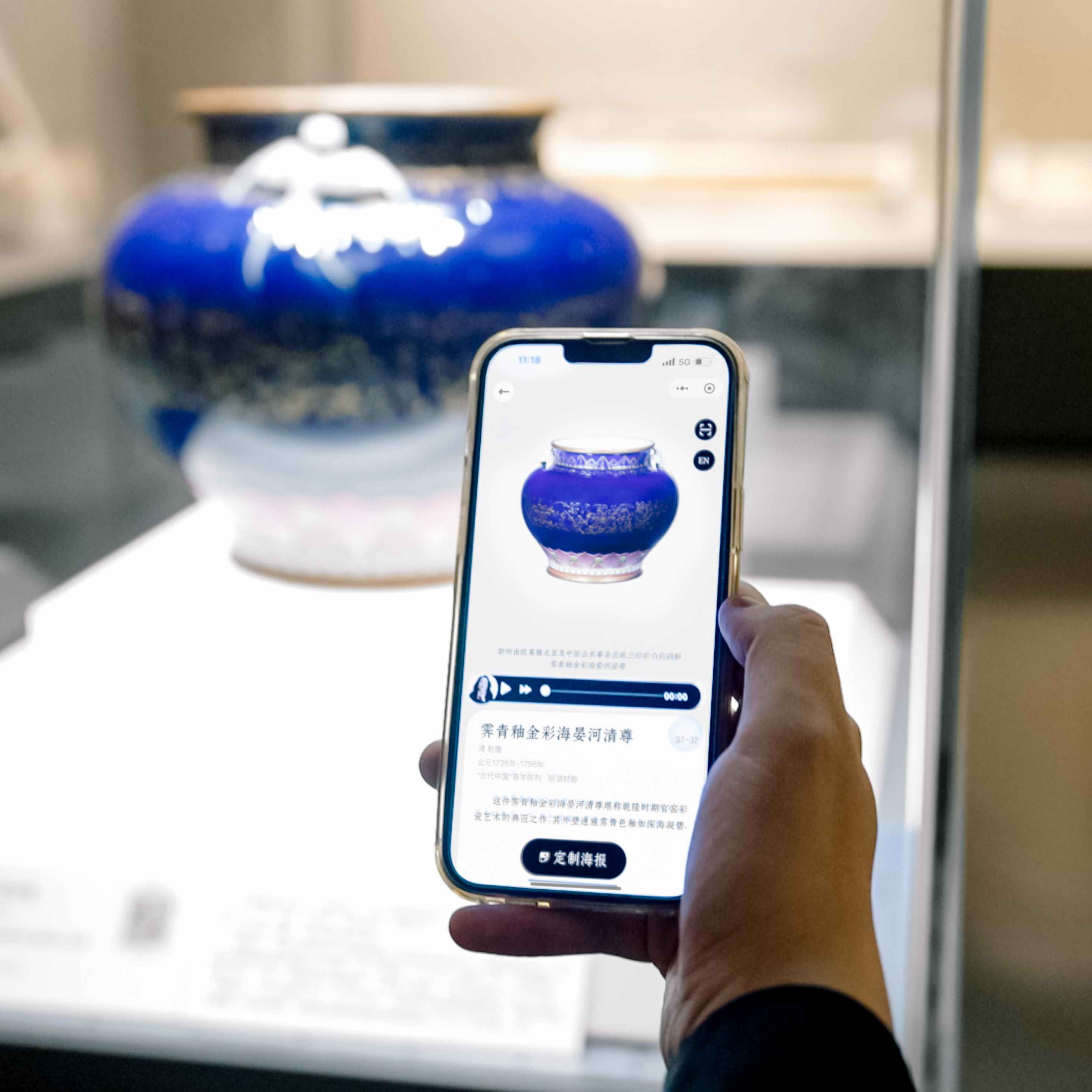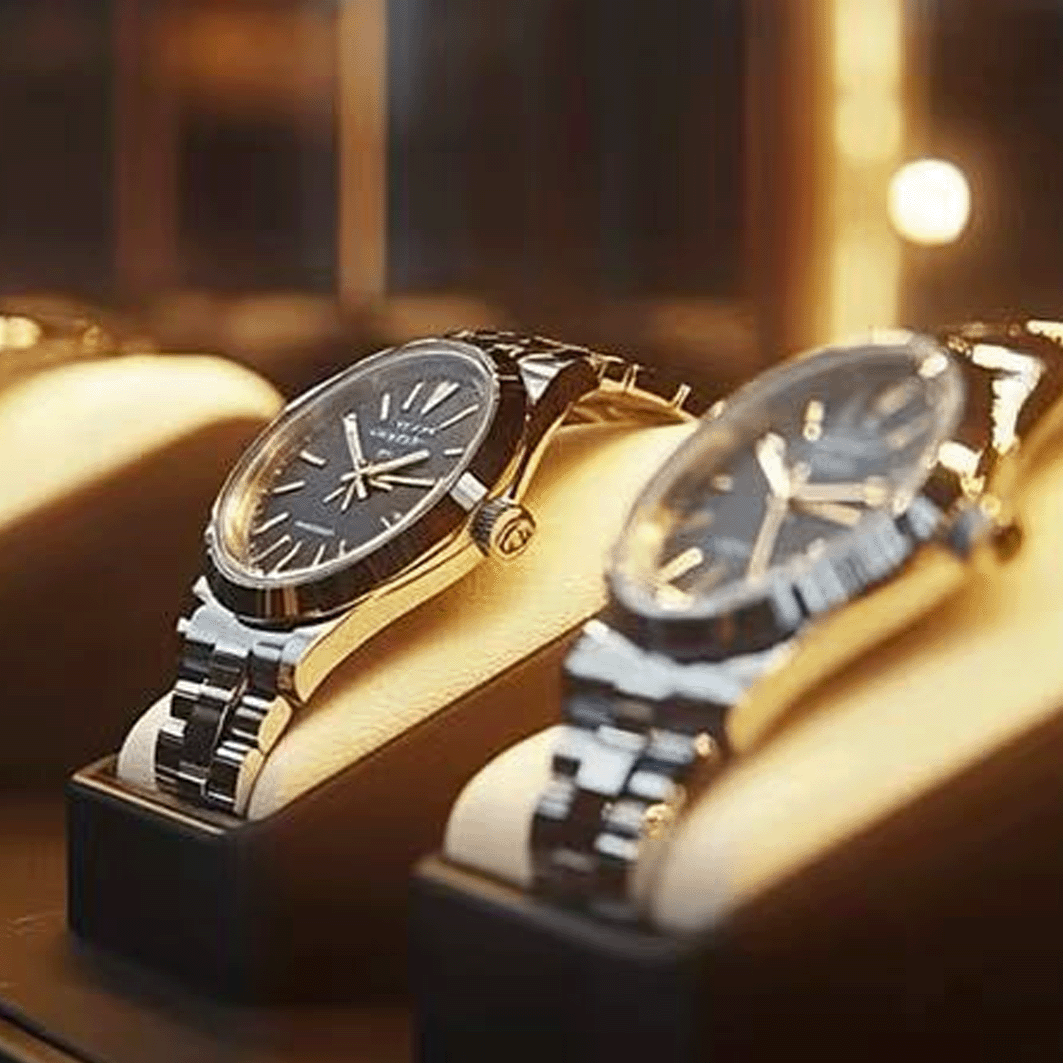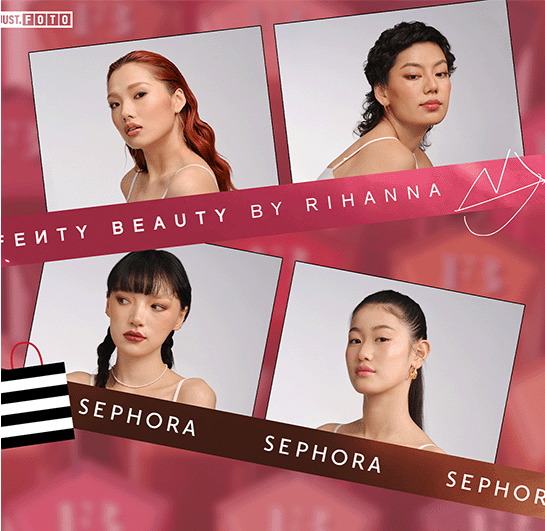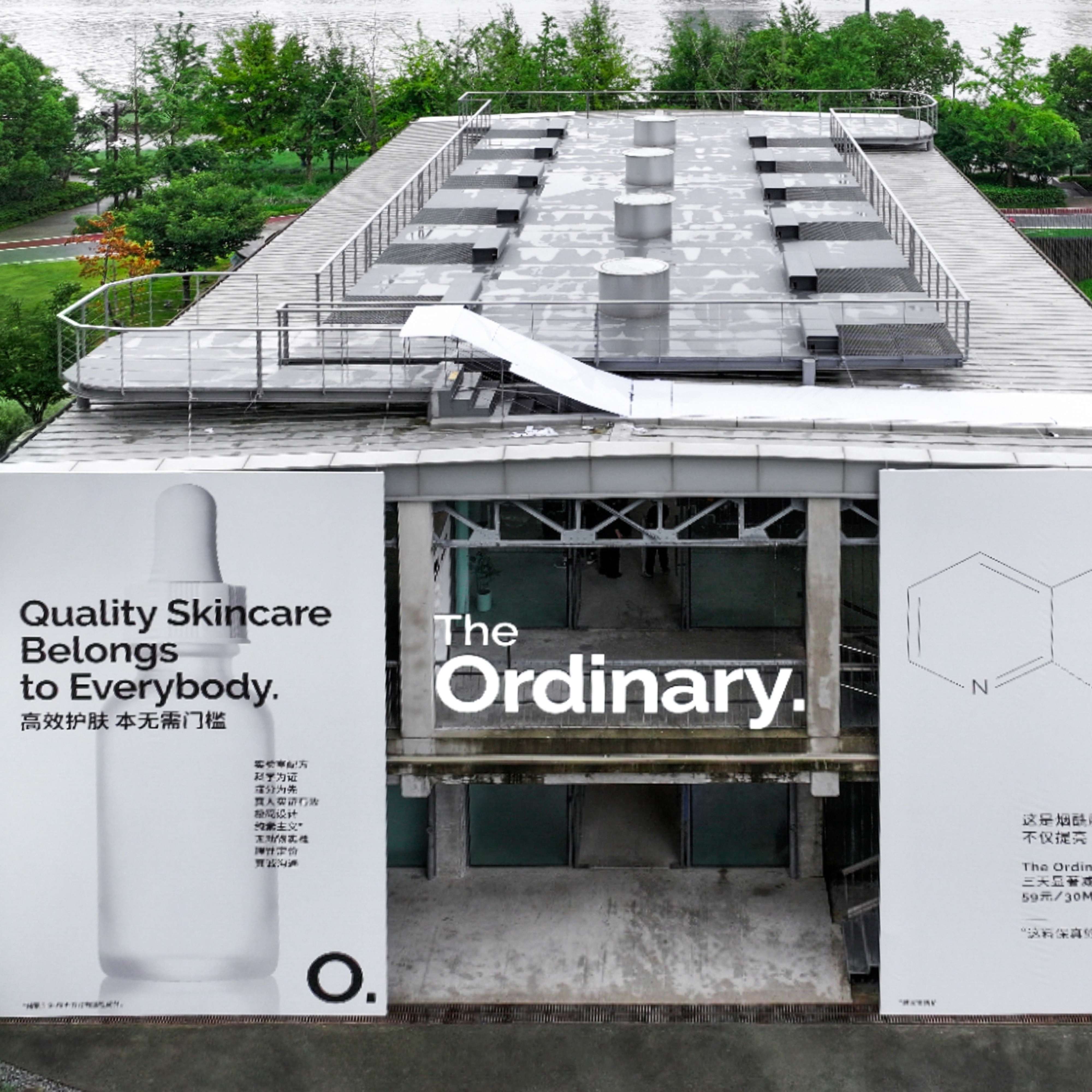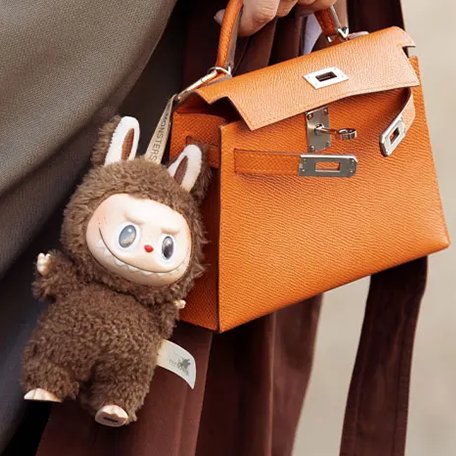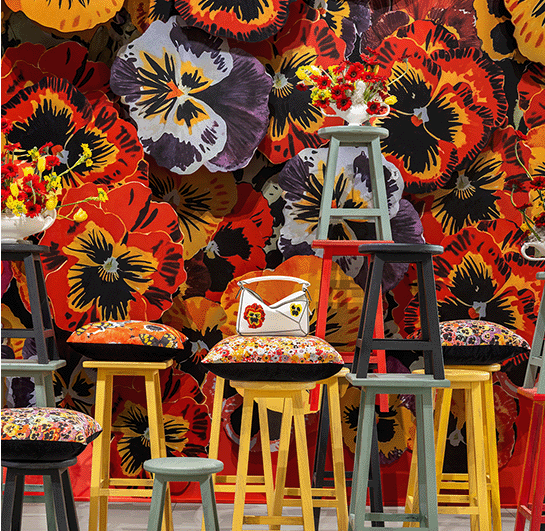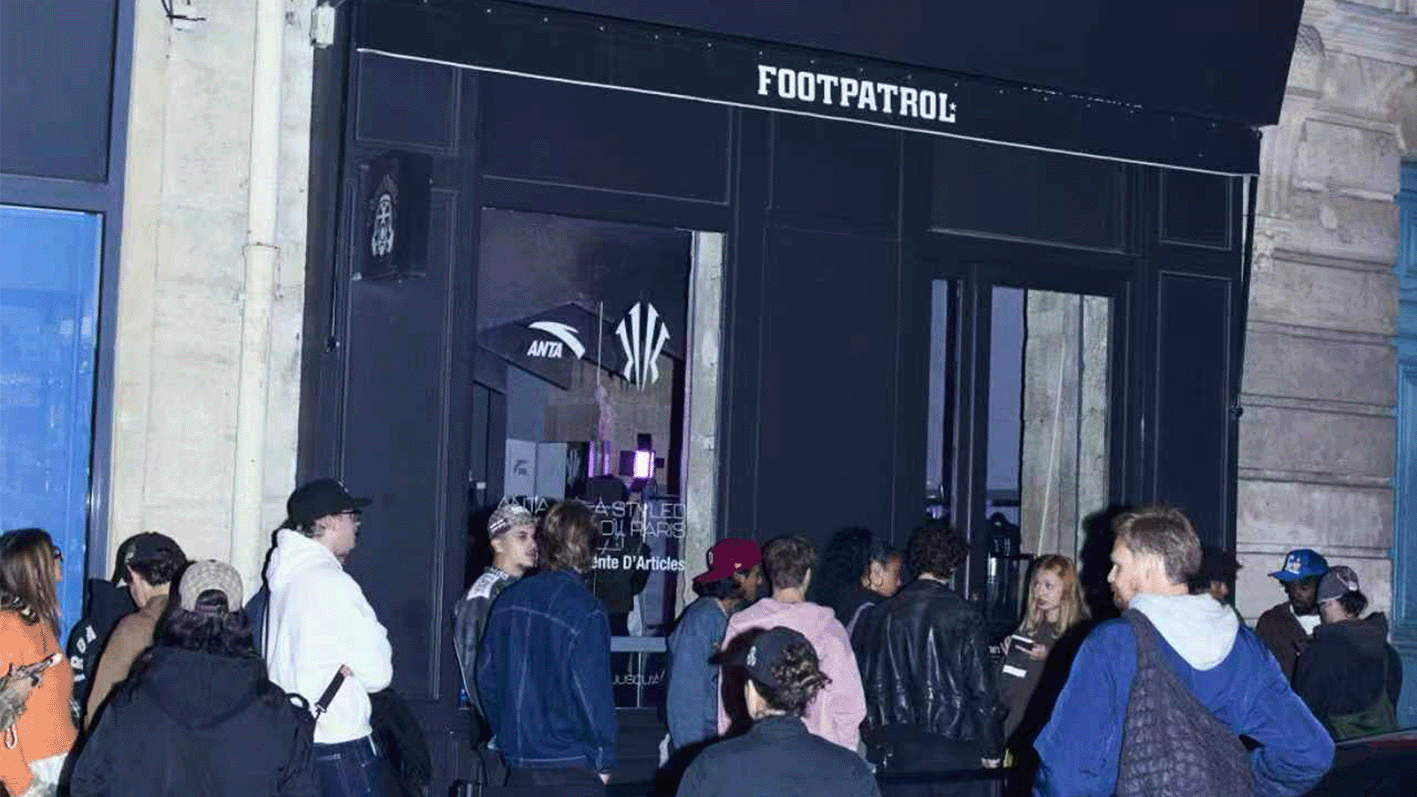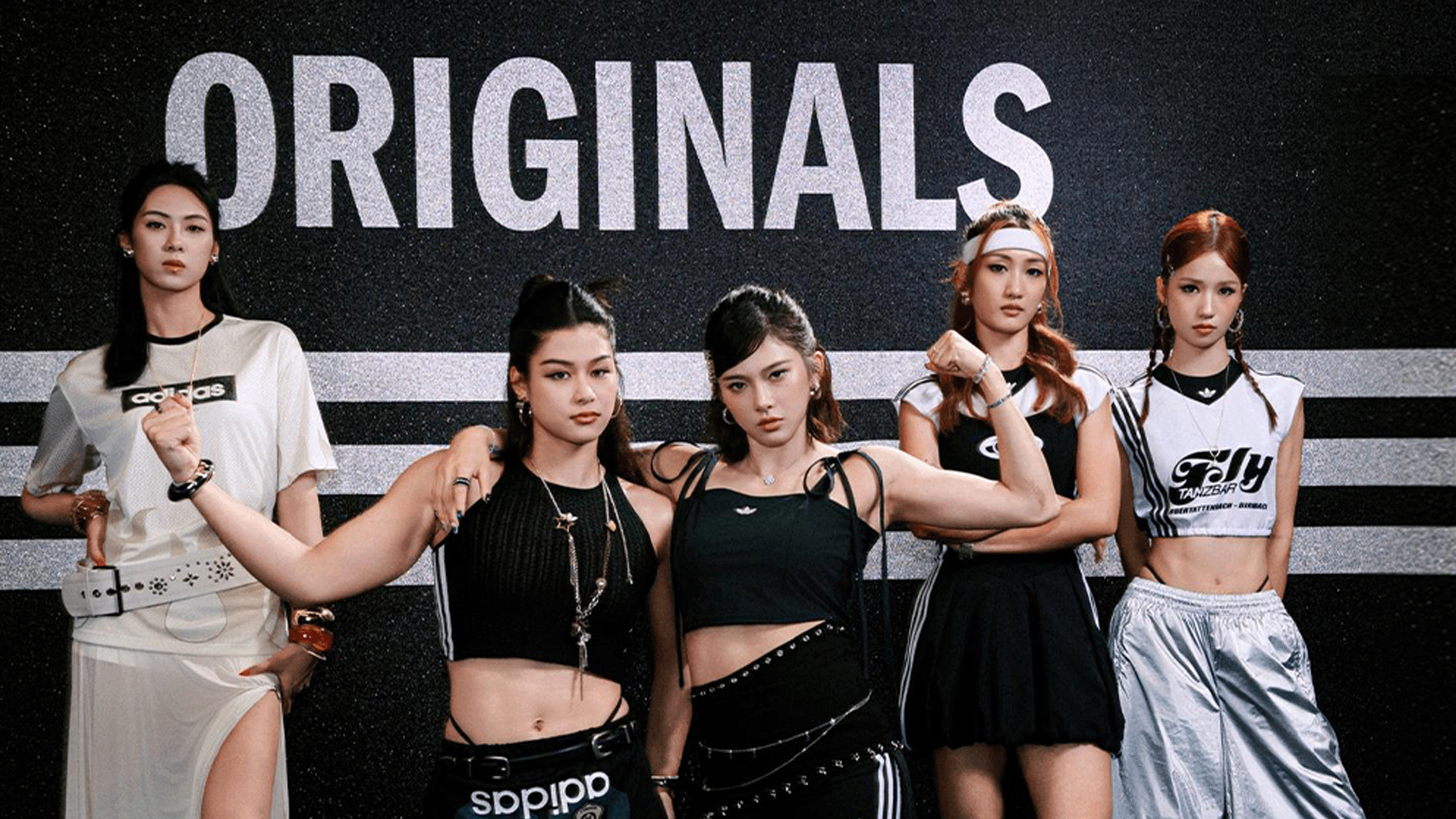- FEATURE
- |
- MERGERS & ACQUISITIONS
- |
- FINANCIAL
- |
- MARKETING
- |
- RETAIL
- |
- ESG-SUSTAINABILITY
- |
- LIFESTYLE
- |
-
MORE

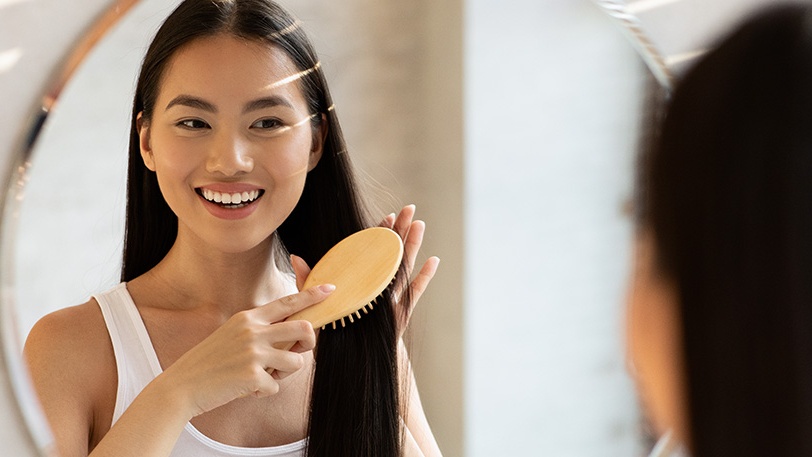
For years, local beauty companies have been perfecting their skincare game with proprietary formulations and patents. This past May, they've opened a new front: hair and scalp care.
It seems like a well-orchestrated move as several big players unveiled their new hair care initiatives:
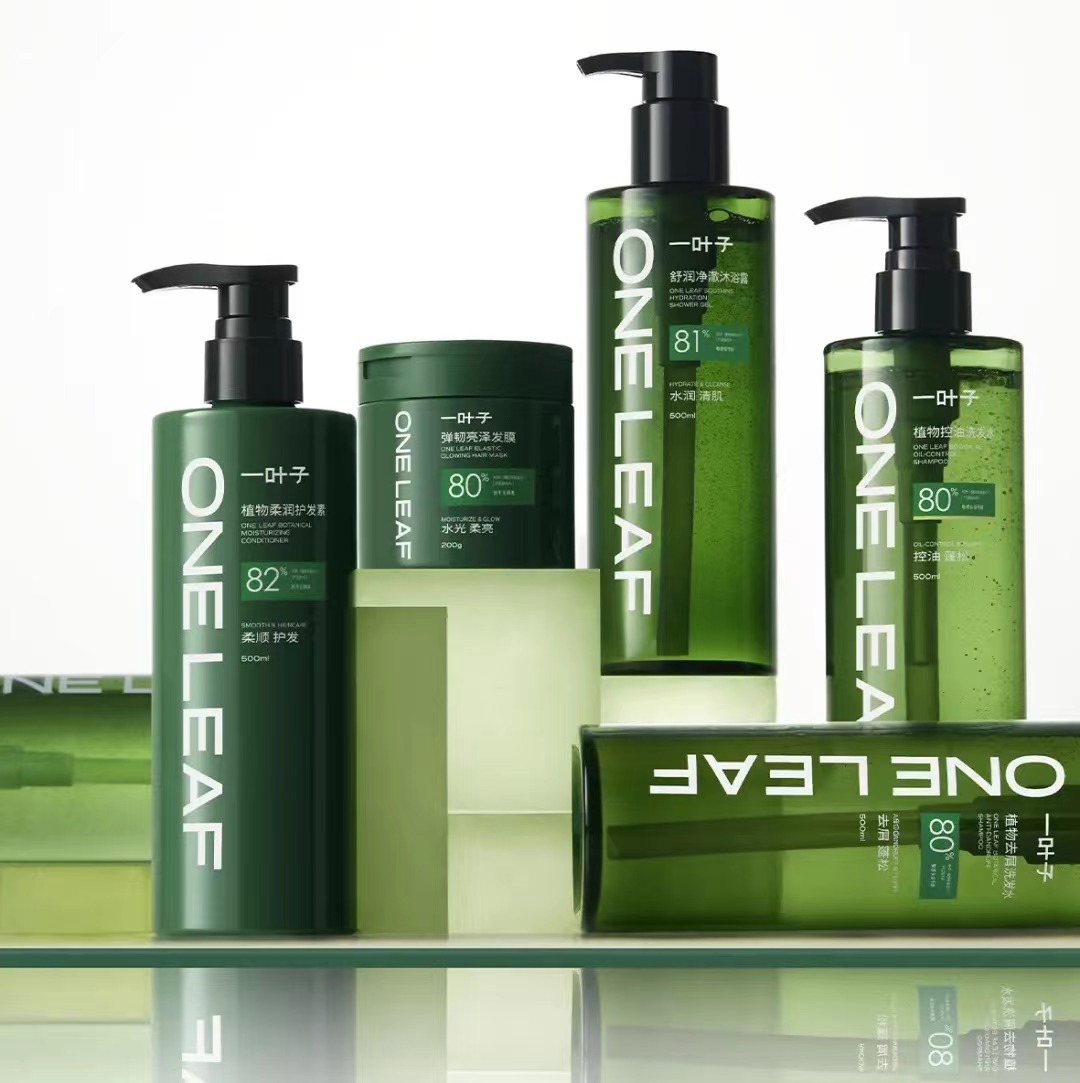
With substantial resources, PROYA Group has been heating things up on Weibo and Xiaohongshu for the debut of AwakenSeeds' "Oil Control and Volumizing Collection," aimed at young people with oily scalp. The brand's introduction suggests potent rejuvenation, hinting at future expansions into anti-hair loss and scalp treatments.
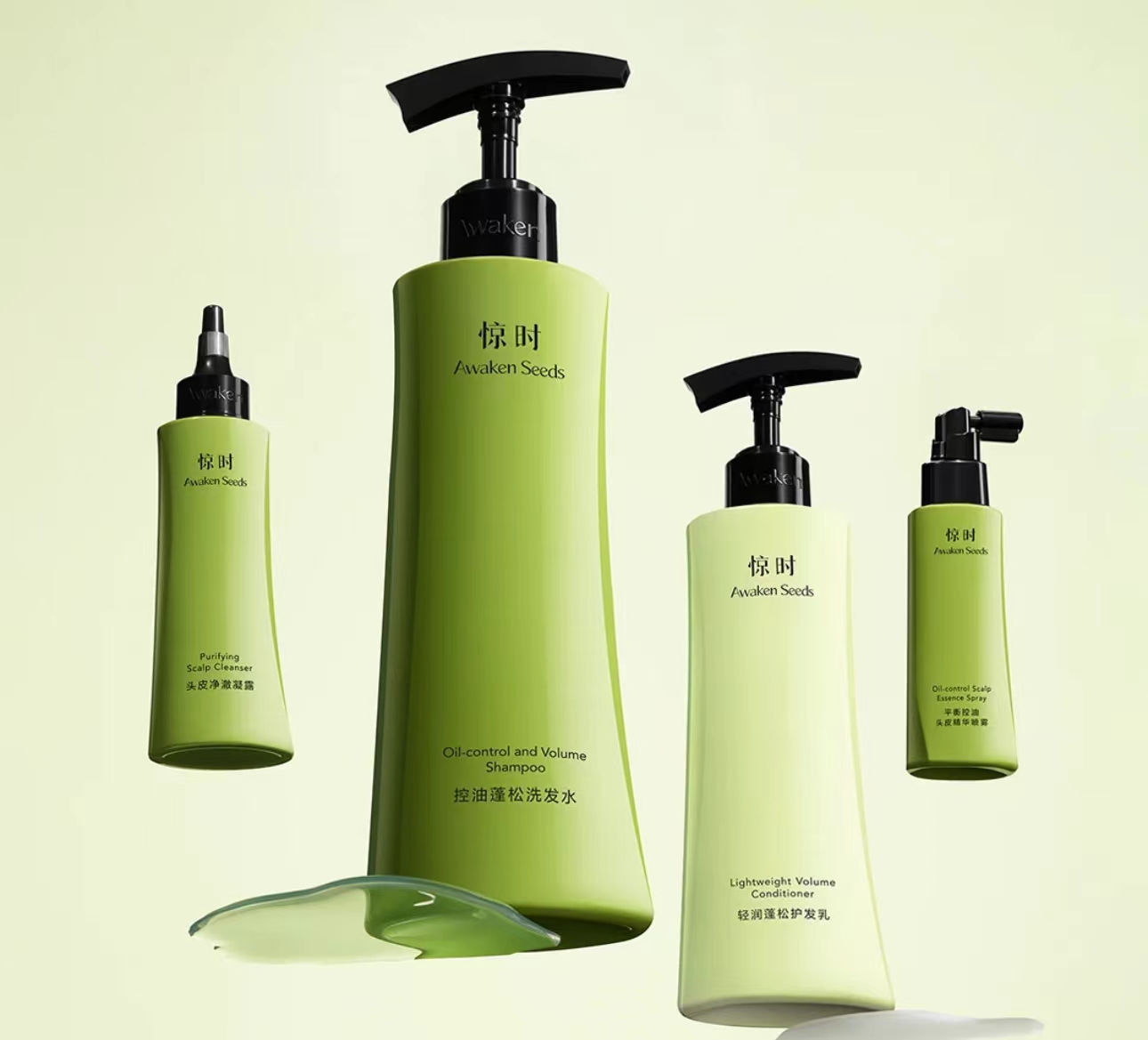
The concerted rise of local beauty groups is likely because they have clearly seen a reality: financial data and brand matrices from international beauty groups like L'Oréal Group, Shiseido Group, Procter & Gamble, and Beiersdorf have proven that to become a true all-around beauty giant, products related to hair, a natural human accessory, are an indispensable category, whether through original creation or acquisition.
Amid an enthusiastic market and shifting consumer trends, China’s hair care market is booming, touted as a burgeoning "gold mine" of opportunity.
According to Euromonitor, the market was worth 63.6 billion yuan in 2023 and is expected to grow annually by 3.45% over the next five years.<









